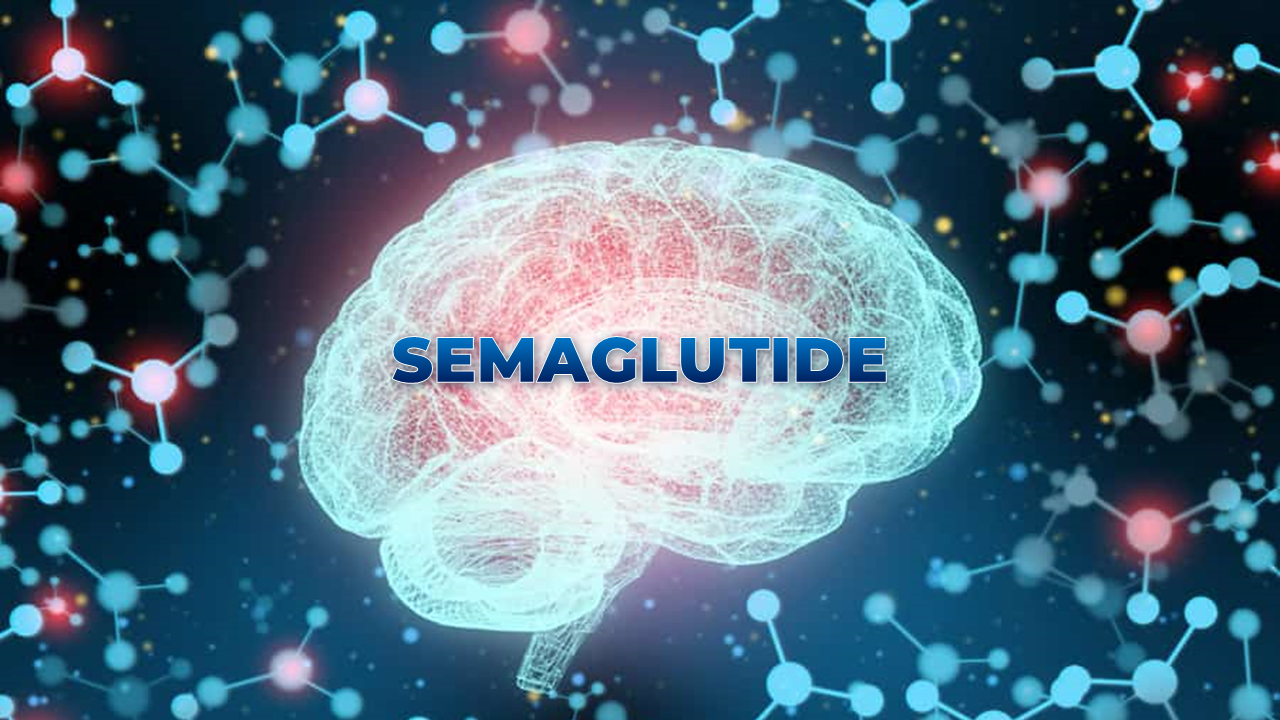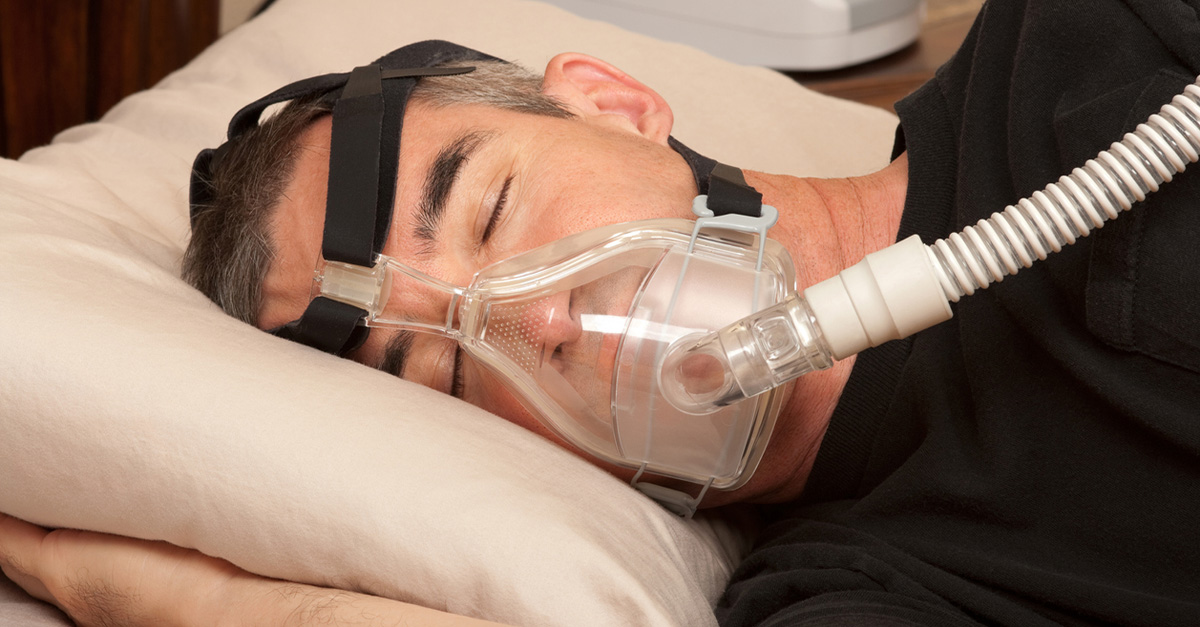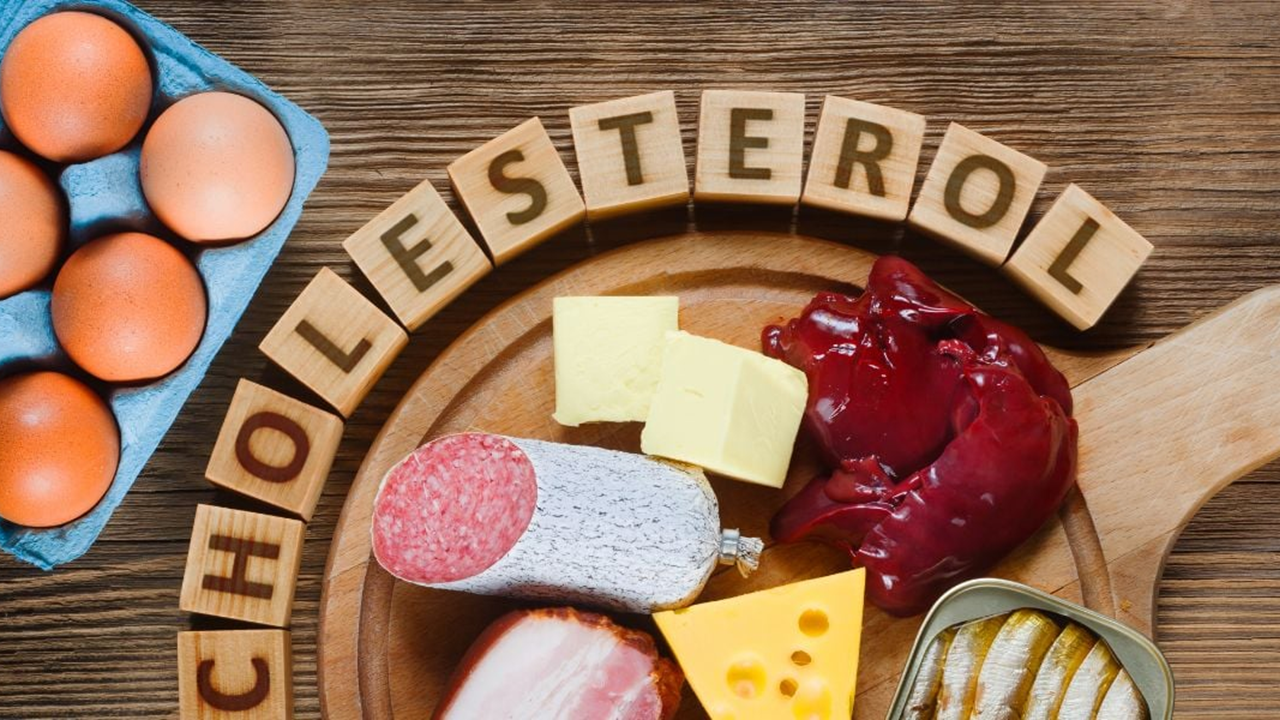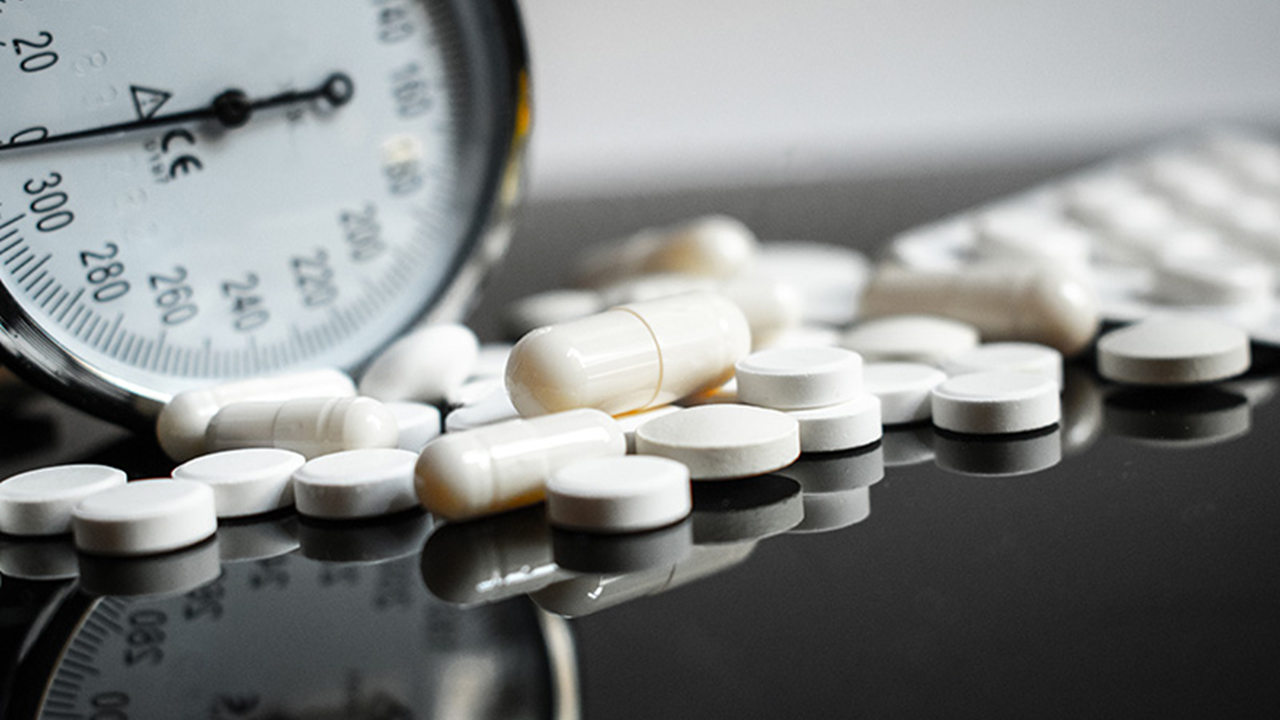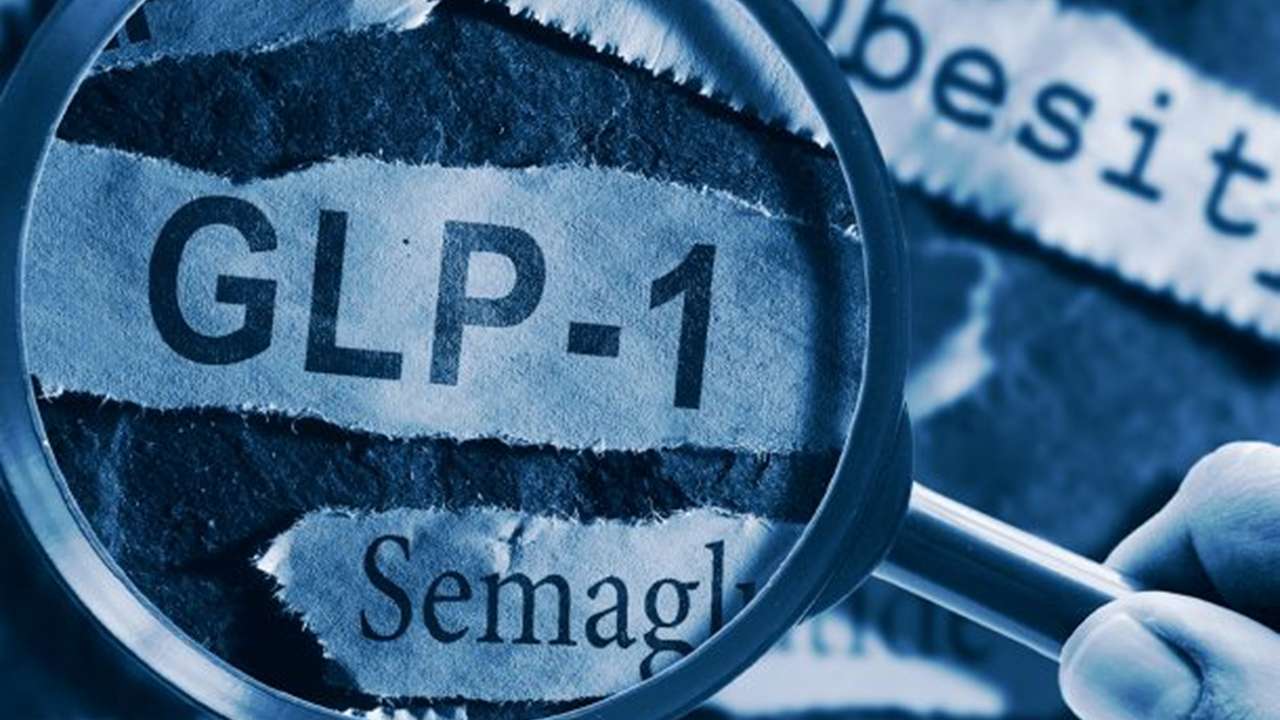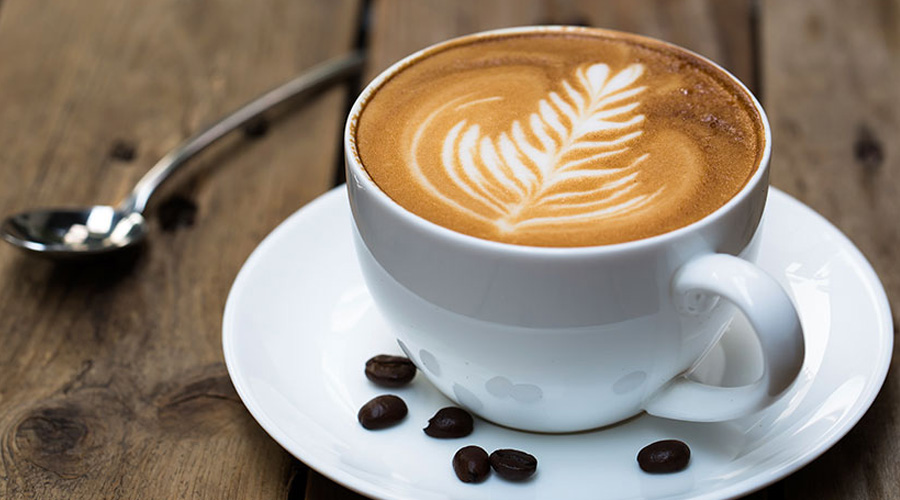Muscle Gains vs Heart Strain: A Deadly Trade-off?
Sudden cardiac deaths (SCDs) appear to be more frequent among men who practice bodybuilding, particularly those competing at high levels. A global study of more than 20,000 athletes is the first to report the incidence of sudden death in this population. As the author noted in the European Heart Journal, the aim was not to demonize bodybuilding but to promote safer practices.
Bodybuilding focuses on increasing muscle mass and definition through physical exercise and a targeted diet. Unlike traditional sports, bodybuilding competitions evaluate the aesthetics of the body rather than athletic performance.
Researchers identified 20,286 men who had competed in the International Fitness and Bodybuilding Federation (IFBB) events between 2005 and 2020. Using web-based searches, they determined which athletes died. Over a mean follow-up period of 8.1 ± 3.8 years, there were 121 deaths. Among the 99 cases with documented causes, 73 were sudden. The mean age at the time of death was 45 years. Of the 55 nontraumatic sudden deaths — excluding those from car accidents, suicide, or homicide — 46 were classified as SCDs.
The overall incidence of deaths (sudden and nonsudden) was 63.61 per 100,000 person-years. Among active competitors, those who died within 1 year of their last IFBB event, the rate rose to 80.58. The incidence of SCDs was 24.18 in the entire cohort and 32.83 among competing athletes, who had a mean age of just 35 years at death. Professional bodybuilders had a fivefold higher risk for SCD than recreational bodybuilders (hazard ratio, 5.23 [3.58-7.64]). Available autopsies showed the presence of cardiomegaly and severe ventricular hypertrophy in 4 out of 5 cases.
Risk Factors
The study pointed to a broader issue in addition to bodybuilders, which could also affect nonprofessional athletes who practice strength training.What are the possible causes? Univadis Italy, a Medscape Network platform, asked Marco Vecchiato, MD, a specialist and researcher in the Sports and Exercise Medicine Division at the University of Padua, Padua, Italy, and the coordinator of the study.
“Our study had epidemiological purposes and was not designed to identify, in a cause-effect manner, the mechanisms underlying these premature deaths. However, the literature in the field has advanced some plausible hypotheses, suggesting that a combination of factors could contribute significantly to the increased risk,” said Vecchiato.
These include:
- Intense training regimens, such as high-intensity workouts, place major strain on the cardiovascular (CV) and muscular systems.
- Extreme dietary practices, such as high protein intake and repeated weight cycling between off-season and on-season periods, can place significant stress on metabolic and CV systems.
- Dehydration techniques, such as rapid fluid loss before events using hydro-saline protocols or diuretics, can be dangerous.
- The use of doping substances, especially anabolic steroids and similar agents, can severely harm the CV, kidneys, liver, and nervous system.
Doping Impact
“It is important to underline that, to date, there are no studies that have exclusively investigated the risk for death and SCD in a population of bodybuilders with the guarantee of not taking doping substances. However, recent evidence published in first-time journals and with long-term monitoring suggested a clear difference in terms of cumulative mortality between athletes with and without a history of anabolic steroid abuse,” said Vecchiato.
He noted that performance-enhancing drug use is likely to be widespread at the highest competitive levels. In the US, where bodybuilding is more structured and athletes face intense competitive and aesthetic pressure with serious psychophysical consequences, many athletes speak openly about the use of performance-enhancing drugs.
However, in Italy, “The issue remains mostly hidden and is often not perceived as a medical risk but as ‘a necessary means’ to obtain a certain physique,” he said.
Uncertain Rules
Athletes are generally required to undergo regular medical checkups, but does the same apply to bodybuilders?
“In Italy, there are numerous bodybuilding federations, each with its own rules and requirements for membership. Some of these clearly state the obligation to present a competitive sports medical certificate, while others do not mention any specific medical requirements, thus allowing membership even in the absence of a health assessment. In these cases, the activity is not formally classified as a sport but rather as an activity for aesthetic purposes, which allows you to bypass some obligations required for competitive sports, including medical certification,” Vecchiato explained.
Although not formally required by regulations, a sports center or gym may still ask a bodybuilder to provide a noncompetitive medical certificate, often for insurance purposes. Under Italian law, such certification is not mandatory for individuals engaging in noncompetitive physical activity unless they are affiliated with a national sports federation or a sports promotion body recognized by the Italian National Olympic Committee, which oversees organized sports and fitness initiatives in the country.
“This heterogeneous regulatory situation means that some athletes are subjected to in-depth sports medical check-ups annually, including a baseline electrocardiogram, stress test, spirometry, urine test, and any further investigations of a higher order, while others receive an evaluation with only an electrocardiogram in resting conditions. Finally, a nonnegligible portion of subjects may never be subjected to any structured medical evaluation, not even when starting or continuing the activity practiced,” he said.
“The first contact with a doctor can therefore only occur after the onset of advanced signs or symptoms, sometimes linked to already structured CV or metabolic damage, making any form of secondary prevention potentially late,” he said.
These signs warrant cardiologic or psychological evaluation.
“The general practitioner can play a key role in recognizing warning signs (excessive muscle hypertrophy, extreme weight fluctuations, suspected use of illicit substances, marked and sudden mood changes in the absence of diagnosed mental illnesses, gynecomastia, extensive acne in adults not present during puberty, etc.) and directing them towards cardiological or psychological investigations,” warned Vecchiato.
He also noted that 15% of SCDs in this population were traumatic. Obsessive body transformation goals, extreme practices, and substance misuse increase the risk for impulsive or self-harming behavior. This reinforces the need to prioritize the mental health of athletes.
Vecchiato concluded that “in addition to an intensified antidoping practice, the introduction of targeted CV screening and educational campaigns could significantly reduce the associated risks.”
Raising awareness can encourage athletes to adopt safer training and nutrition programs and diets, to be supervised by a physician, and to refuse doping.
Source
Muscle Gains vs Heart Strain: A Deadly Trade-off? - Medscape - June 20, 2025.
Bài viết liên quan

